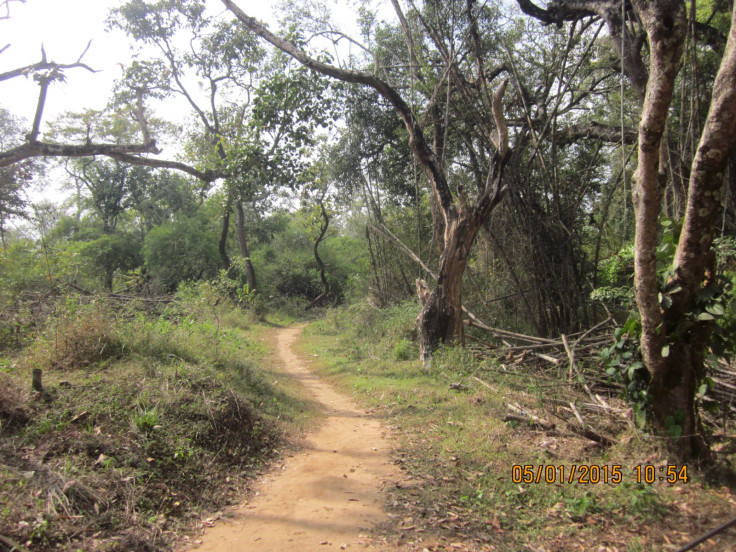Mankind 'pushed into danger zone' by breaching four of the nine planetary boundaries

Human activity has affected almost half of the processes crucial to planet stability, posing a risk to current and future societies, says new research.
It details four of the nine planetary boundaries breached, which can send the planet into a new and irreversible state of the environment.
Climate change, species loss, land-use change, and altered bio-geochemical cycles from fertiliser overuse are taking the planet beyond its "safe operating space".
Each "has the potential on its own to drive the Earth System into a new state should they be substantially and persistently transgressed", the authors write.
The report titled "Planetary Boundaries: Guiding human development on a changing planet," has been published in Science by the 18-member research team.
"Transgressing a boundary increases the risk that human activities could inadvertently drive the Earth System into a much less hospitable state," says lead author Will Steffen, of the Stockholm Resilience Centre and the Australian National University, Canberra.
Of the total nine boundaries assessed, freshwater use, ocean acidification and ozone depletion were judged to be within safe limits. Some like airborne pollution are yet to be properly assessed.
It should be a wake-up call to policymakers that "we're running up to and beyond the biophysical boundaries that enable human civilization as we know it to exist", says Steve Carpenter, director of the University of Wisconsin-Madison Center for Limnology.
Unlike the Holocene period extending across the last 11,700 years, Earth had been in a "remarkably stable state", says Carpenter.
But over the last century, some of the parameters have changed.
The use of nitrogen and phosphorus has seen both elements widespread in the ecosystem.
"We've changed nitrogen and phosphorus cycles vastly more than any other element," Carpenter says. "(The increase) is on the order of 200 to 300 percent. In contrast, carbon has only been increased 10 to 20 percent and look at all the uproar that has caused in the climate."
The excess of phosphorus-based fertilisers that drain into lakes and water bodies can trigger sudden growth of algae that kills other lake organisms and produces harmful toxins.
"People depend on food, and food production depends on clean water," says Elena Bennett from McGill's School of the Environment who also contributed the research on the nitrogen-phosphorus cycle to the study.
"This new data shows that our ability both to produce sufficient food in the future and to have clean water to drink and to swim in are at risk."
About half a million residents of the city of Toledo found out that their tap water had been contaminated with a toxin called microcystin last summer. And in 2007 the Quebec government declared that more than 75 lakes were affected by toxins produced by blue-green algae, says Bennett.
Nine boundaries
The nine planetary boundaries include, climate change, change in biosphere integrity (biodiversity loss and species extinction), stratospheric ozone depletion, ocean acidification, biogeochemical flows (phosphorus and nitrogen cycles), land-system change (for example deforestation), Freshwater use, atmospheric aerosol loading (microscopic particles in the atmosphere that affect climate and living organisms) and Introduction of novel entities (e g organic pollutants, radioactive materials, nanomaterials and micro-plastics).
While there is ambiguity in the total number of species inhabiting the planet, thousands of known species are vanishing from Earth setting off fears of a mass extinction by the end of the century.
Enough studies have shown that the planet is on track to temperature increases that could alter the climate irreversibly, and in turn affect the fate of life on Earth.
© Copyright IBTimes 2025. All rights reserved.




















